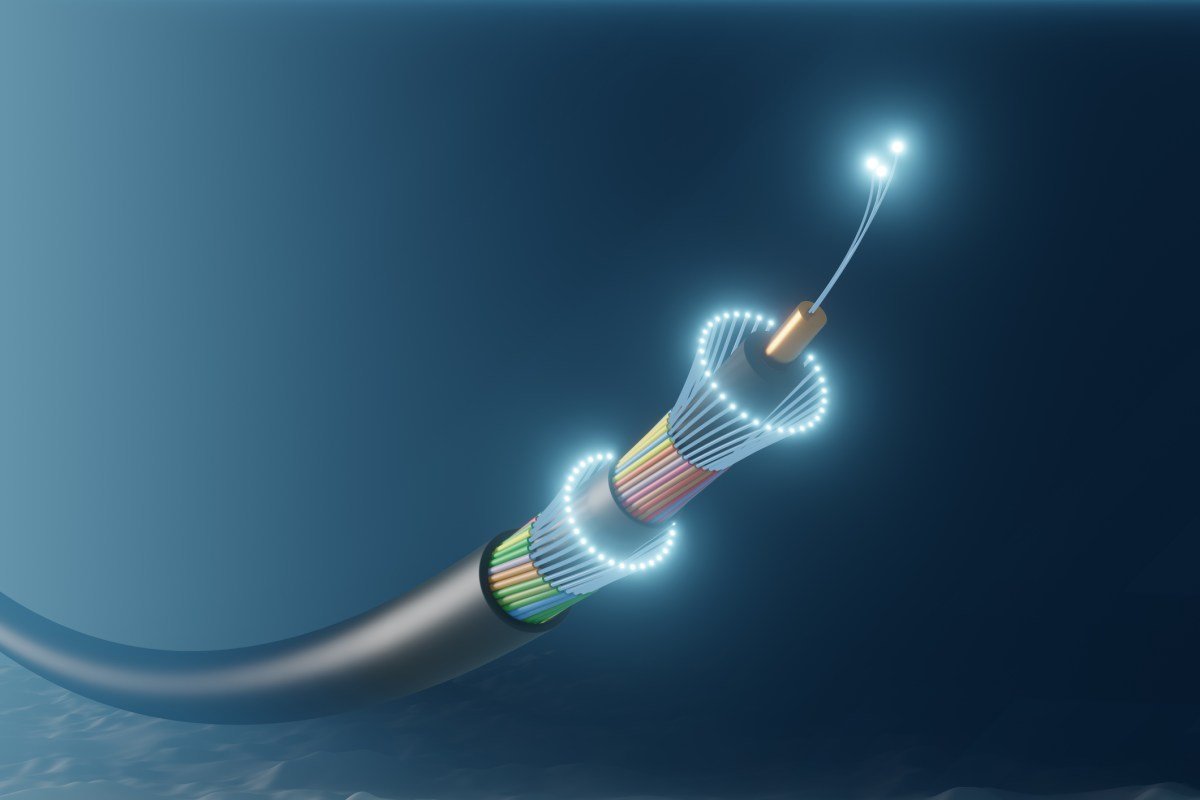Tech giant Google is embarking on yet another ambitious subsea cable project, this time connecting Chile with Australia via French Polynesia. This will mark the first direct link between South America and the Asia-Pacific region, setting a new milestone for global internet connectivity.
Dubbed “Humboldt” in honor of the renowned German explorer Alexander von Humboldt, this 9,200-mile cable will join more than a dozen similar projects that Google has invested in over the last 15 years.
The journey began in 2010 with the Unity cable, stretching from California to Japan across the Pacific Ocean, spanning an impressive 6,000 miles. While there are numerous other submarine cables running through this ocean, they mostly connect Asia with North America. However, some do traverse to the south of the continent from the United States and Mexico, reaching various landing points in South America.
In 2016, Google successfully completed its first entirely private cable venture, Curie, linking California with Chile. And now, with the Humboldt cable, Google is once again pushing the boundaries of global connectivity.
There is no confirmed completion date for Humboldt at the moment. But instead of going solo, Google has opted to partner with Chile’s Desarrollo País and Office des postes et télécommunications de Polynésie française (OPT) for this project.
Just like its previous subsea cable projects, Humboldt is expected to significantly improve data transfers around the world. It will also complement Google’s other infrastructure initiatives, such as its local data centers in Chile, providing customers with lower latency. At the same time, this collaboration will benefit the participating countries by strengthening their internet infrastructure.
Google is not the only tech giant investing in global internet infrastructure. Facebook’s parent company, Meta, along with Microsoft and Amazon, are also involved in various subsea cable projects. Together, these four companies are estimated to own or lease half of all subsea cabling bandwidth.








